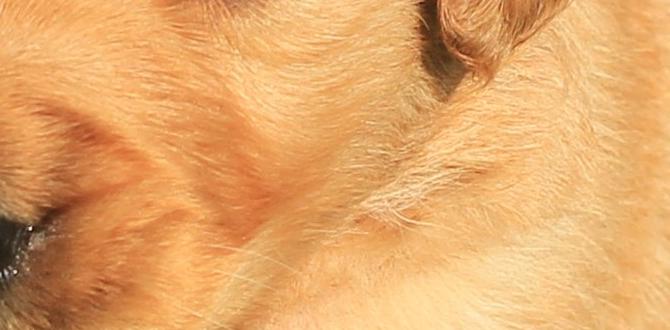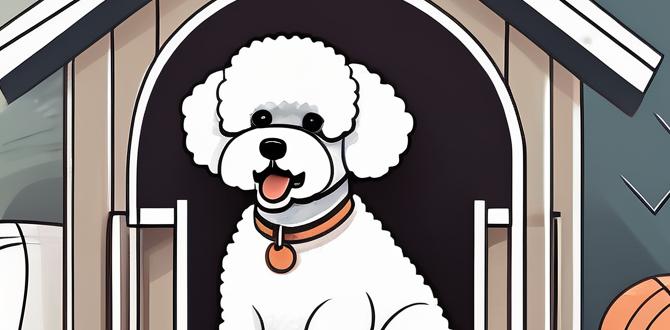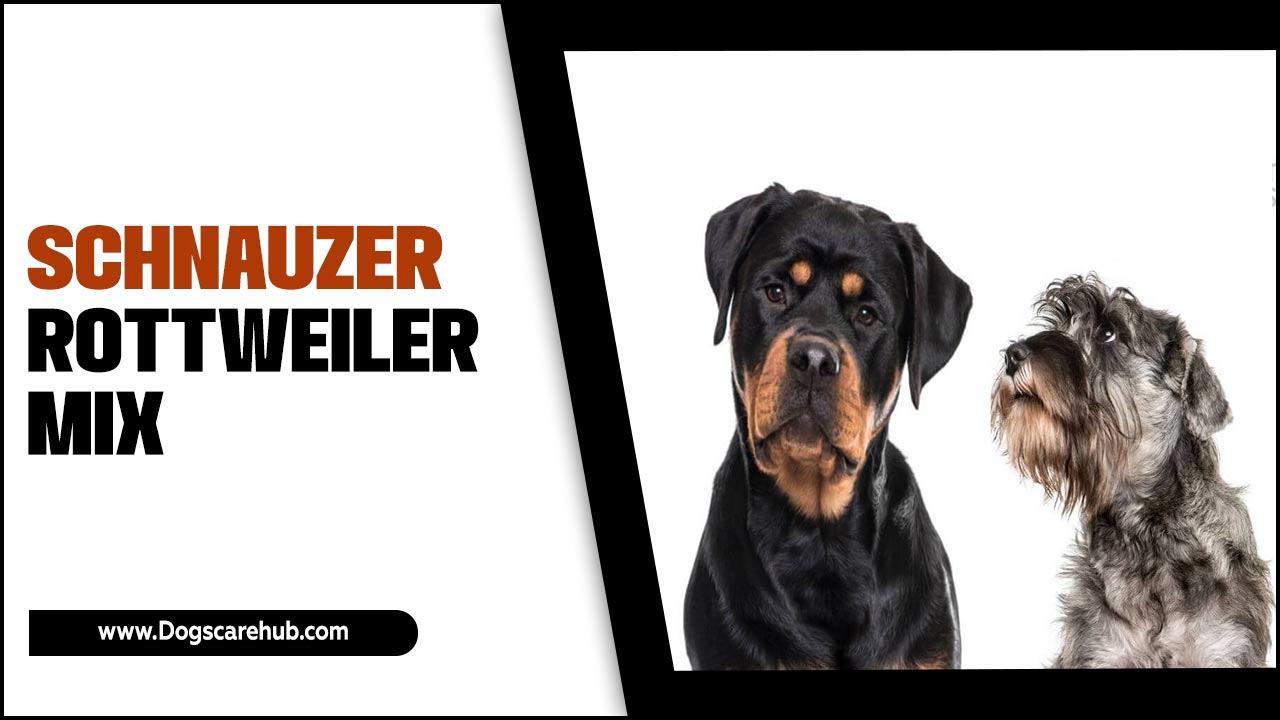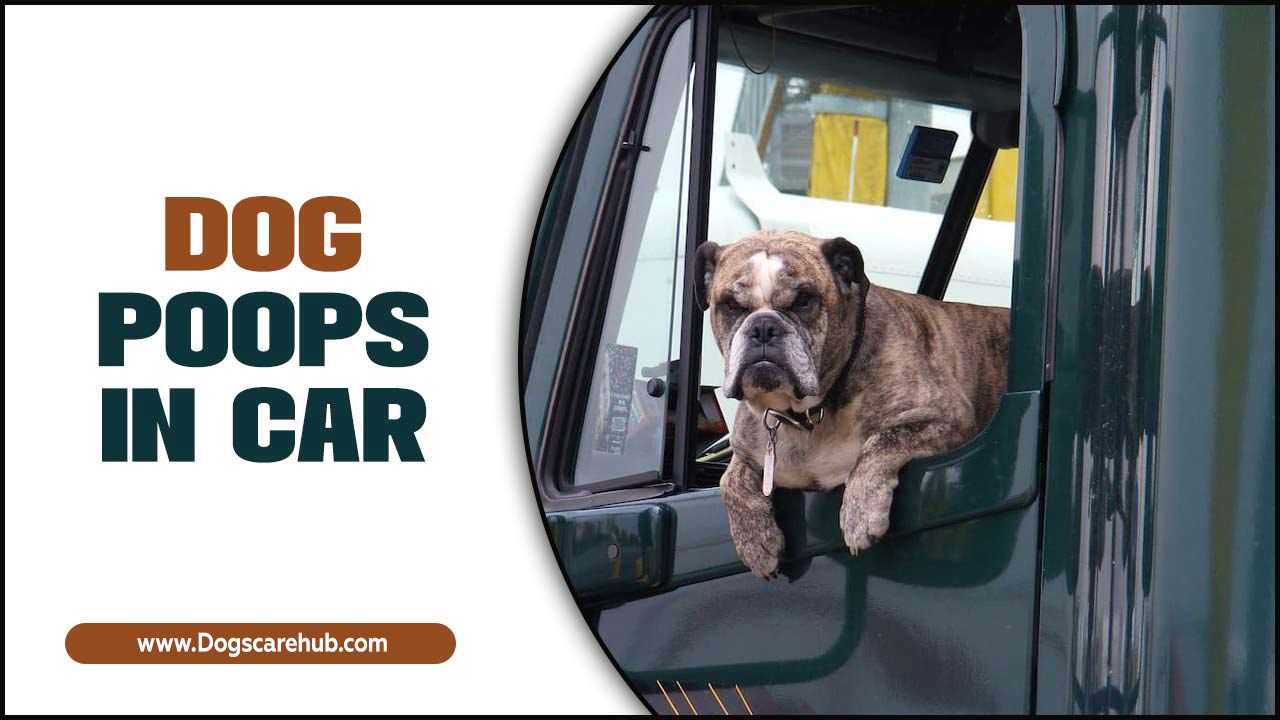Dog Biting During Play: Understanding Causes And Solutions

Understanding Dog Biting During Play
Dog biting during play is common and can seem confusing. Dogs often use their mouths to explore and communicate. A fun fact is that puppies learn bite inhibition from playing with their siblings. Sometimes, playful bites can become too rough. But how can you tell the difference? Watch for signs like barking or growling. If a dog’s bite hurts, it’s time to teach them gentle play. Understanding this behavior helps make playtime safer and more enjoyable for both dogs and owners.Common Reasons for Dog Biting During Play
Understanding natural dog behavior and instincts. The role of excitement and overstimulation in play biting.Dogs have natural instincts that often lead to playful biting. While playing, pups might nip due to excitement. This behavior can be part of their play style, showing enthusiasm or even friendliness. However, too much excitement may cause them to bite harder than intended.
- Natural instincts: Dogs use their mouths to explore and interact.
- Excitement: Play sessions can become too energetic, leading to biting.
Understanding these reasons helps in guiding your dog’s play behavior. You can teach them gentle play or offer toys instead of your hands.
Why do dogs bite while playing?
Dogs bite during play due to natural instincts and excitement. It’s their way of communicating and having fun.
Signs Your Dog is About to Bite
Recognizing body language indicators of aggression. Distinguishing between playful biting and serious aggression.Dogs communicate mostly through their body language. If you notice your dog’s ears pulled back or a stiff tail, it may mean they are feeling tense. Watch for showing teeth or a growl, which often signals they feel threatened. This can lead to biting. On the other hand, playful biting is usually gentle. If your dog is wagging their tail and has a relaxed body, they are likely just having fun. Keep observing to understand their mood better.
What are common signs that show a dog might bite?
Common signs include tense body posture, growling, and showing teeth. These signs suggest that a dog feels threatened or scared. A dog with relaxed ears and a wagging tail usually just wants to play.
Here are some signs to watch for:
- Ears back
- Stiff tail
- Showing teeth
- Growling
- Body tense
How to Safely Play with Your Dog
Tips for safe play that minimizes biting behavior. Recommended toys and activities to engage your dog.Playing fetch with your dog shouldn’t feel like playing dodgeball! To keep things fun and safe, choose toys that are tough yet soft, like rubber balls or rope toys. These help keep your dog engaged and reduce biting on hands. Always let your dog win sometimes; it makes them feel like a champion! Plus, scheduled breaks for belly rubs can create a happy pup and keep those teeth away from your fingers.
| Toy Type | Benefits |
|---|---|
| Rubber Balls | Durable and safe for chewing. |
| Rope Toys | Good for tug-of-war and helps with dental health. |
| Fluffy Stuffed Animals | Great for cuddling and gentle play. |
Engaging in structured games like hide and seek can also help keep their teeth away from your skin. Remember, a tired dog is a happy dog! So, keep the playtime fun but safe to minimize those accidental nibbles.
Training Techniques to Curb Play Biting
Effective commands and cues to redirect biting behavior. Positive reinforcement strategies to encourage gentle play.Teaching your dog proper play behavior can be fun and effective. Use clear commands like “Stop” or “Gentle” to redirect biting. Reward your dog with treats when they stop or play softly. This helps them understand what you want. Here are some tips:
- Stay calm and upbeat.
- Use toys to distract them from biting.
- Celebrate gentle play with praise.
Remember, patience is key. With practice, you’ll see improvement in your dog’s play style!
How can I teach my dog not to bite?
To teach your dog not to bite, use positive reinforcement. Provide treats when they play gently. Also, redirect their energy to toys instead of your hands.
The Impact of Socialization on Biting Behavior
Importance of early socialization with other dogs and people. How lack of socialization can lead to biting during play.Dogs learn how to behave through socialization. Meeting other dogs and people helps them understand how to play nicely. Early socialization is key to preventing biting during play.Without it, dogs may feel scared or unsure. This can lead to biting, even when they mean no harm. A well-socialized dog is happier and safer. Playtime should be fun, not scary!
Why is socialization important?
Early socialization helps dogs play safely. They learn boundaries and how to communicate with others. In contrast, dogs without this experience might bite as a reaction to fear or confusion.
Key points about socialization:
- Meet other dogs often.
- Interact with friendly people.
- Visit new places for fun.
When to Seek Professional Help
Signs that biting may indicate a deeper behavioral issue. Finding the right professional trainer or behaviorist for your dog.Watch for signs that biting could mean more than just play. If your dog shows fear or aggression, it’s time to get help. Professional trainers or behaviorists can guide you. They understand dog behavior better than anyone. Finding the right expert is key to solving the issue.
- Look for sudden changes in your dog’s mood.
- Pay attention if biting seems to occur out of nowhere.
- Trainers should have good reviews and experience.
When should you get a professional?
If your dog’s biting problems don’t get better, it’s best to seek a trainer. The sooner you act, the better for your dog and your family.
Preventing Future Play Biting Incidents
Creating a structured play environment for your dog. Longterm strategies for maintaining good play behavior.Making playtime safe and fun is important for you and your dog. A structured play environment helps prevent biting. Here are some tips:
- Choose a safe, distraction-free area.
- Use toys for play, not your hands.
- Set clear playtime rules.
- Supervise play with other dogs.
Long-term strategies include regular training sessions. Consistent commands help your dog learn. Positive reinforcement teaches good behavior. Remember, patience and practice make perfect!
How can I train my dog not to bite during play?
To reduce play biting, reward good behavior. Use treats or praise when your dog plays gently. This encourages them to stay calm.
Conclusion
In conclusion, dog biting during play can be common, but it’s important to stay safe. We should understand our dog’s body language and set clear rules for playtime. Always supervise and redirect biting behavior with toys. If you’re unsure, talk to a trainer. Learning more about dog behavior can help you and your furry friend enjoy safer, happier playtimes together!FAQs
What Are The Common Reasons Dogs Bite During Play, And How Can They Be Addressed?Dogs might bite during play because they’re excited or want to show they’re in charge. They could also bite if they feel scared or if we play too rough. To help stop this, we can teach them to play gently and use toys to keep their teeth away from our hands. If they get too bitey, we should take a break and calm down. Always give them praise when they play nice!
How Can Owners Distinguish Between Playful Biting And Aggressive Behavior In Dogs?To tell playful biting from aggressive biting, watch your dog’s body. Playful dogs wag their tails and look happy. They might bounce around while they play. Aggressive dogs growl, show their teeth, and stand stiff. If your dog seems relaxed and friendly, they are probably just playing!
What Training Techniques Can Be Implemented To Reduce Biting Behavior During Playtime?To reduce biting during playtime, we can use a few fun training techniques. First, we can teach using gentle hands. If someone gets bitten, we stop playing for a moment. This shows that biting ends the fun. Next, you can use toys to play instead of hands. This gives everyone something safe to bite on. Finally, we can reward good behavior with praise or treats when playing nicely.
At What Age Do Puppies Typically Learn Bite Inhibition, And How Can Owners Facilitate This Learning?Puppies usually learn bite inhibition between 3 and 14 weeks old. You can help by playing gentle games. If your puppy bites too hard, let out a loud “ouch” and stop playing. This teaches them that hard bites are not okay. Keep practicing, and they will learn to be gentle!
What Safety Measures Should Be Taken When Introducing Dogs To Play With Children Or Other Pets To Minimize The Risk Of Biting?When you introduce dogs to kids or other pets, always watch carefully. Make sure the dog is calm and happy. Teach kids to be gentle and not to pull on the dog’s tail or ears. Let the dog come to the child or pet first. If the dog shows any signs of being scared or angry, take a break and give them space.
Meet Elyse Colburn, the devoted canine companion and storyteller behind the enchanting world of “Tales, Tails, and Adventures Unleashed.” A passionate dog enthusiast with a heart full of paw prints, Elyse Colburn shares heartwarming tales and insightful adventures, celebrating the joy, loyalty, and endless antics that make every dog a true hero. Join Elyse Colburn on this tail-wagging journey, where every post is a love letter to our four-legged friends.






